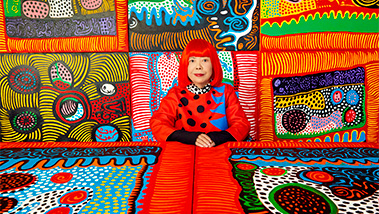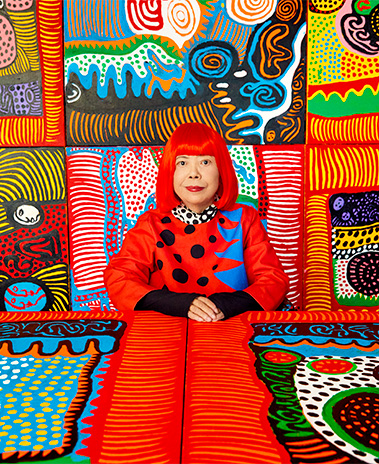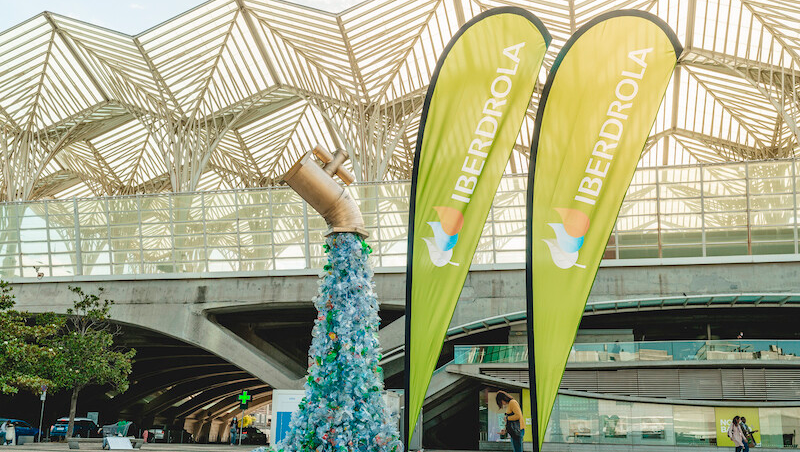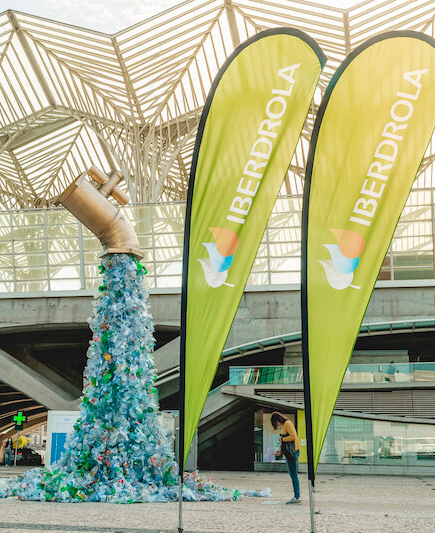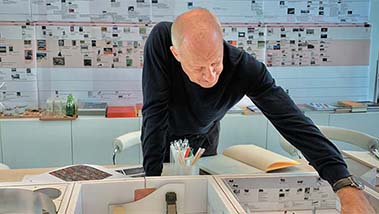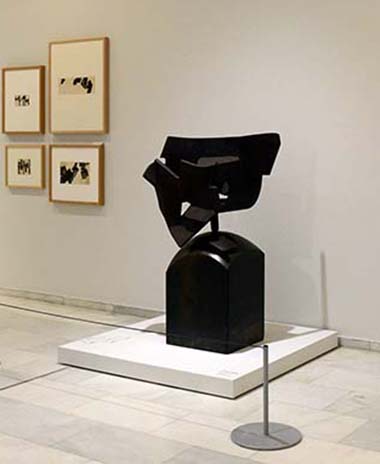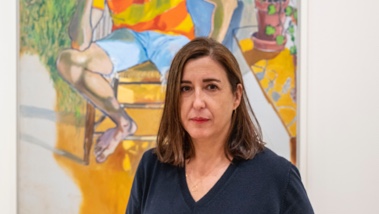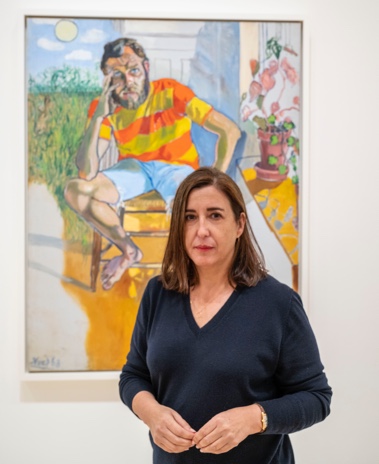#arts
Arts and culture help us understand and change the world. Iberdrola supports the conservation of arts heritage, as well as historic and cultural heritage in our societies of action.
-
Through its Foundation, Iberdrola México is developing two important efficient lighting initiatives to highlight the splendour of works of art and truly outstanding historic buildings through donating resources to the National Museum of Art (MUNAL) and with its project Oaxaca Brilla.
Yayoi Kusama (1929) is over 90 years old and has been living in a psychiatric institution since the 1970s. But none of this has stopped her from creating. Since she was a child, she has suffered from hallucinations and panic attacks, which she has learned to transform into creativity through obsession and repetition. She has built a career based on painting, sculpture, performance and installations, and is considered a pioneer of counterculture and one of the most sought-after artists in the world. Now, her eccentric gaze comes to the Guggenheim Museum Bilbao through the exhibition Yayoi Kusama: 1945 to now, and Lucía Agirre, curator of the show, rediscovers Japan's most prestigious contemporary artist.
-
A sculpture of an open tap spewing out rubbish - composed entirely of plastic - instead of water - was the symbol of the 2nd United Nations Ocean Conference (UNOC), held this year in Lisbon.
The car, with its links to design, art, cities, technology and the future, is the protagonist of the exhibition Motion. Autos, Art, Architecture, inaugurated in April at the Guggenheim Museum of Bilbao. Its curator, the architect Norman Foster, one of the most renowned on the international scene, is a self-confessed lover of automobiles: he collects them, admires them, drives them and now exhibits them. As a result of this passion, the cars are presented in the exhibition as aesthetic works on wheels accompanied by related works of art, which in turn reflect on the past and the future.
-
A history professor specialising in art, Javier González de Durana has curated the exhibition Jorge Oteiza and Eduardo Chillida. Dialogue of the 50s and 60s, which arrives at the San Telmo Museum in San Telmo, San Sebastian, on 8 April after its visit to Valencia. The exhibition, which includes works on loan from Iberdrola, presents for the first time the creations of two of the most internationally renowned Spanish sculptors of the 20th century. The most relevant thing for Durana is that the exhibition is not about the personal confrontation between the two artists, but about the years of friendship, encounter and mutual learning. An opportunity for healing art.
-
Facebook "Oteiza and Chillida were two titans of art, but also two human beings with greatness and limitations"
-
Twitter "Oteiza and Chillida were two titans of art, but also two human beings with greatness and limitations"
-
Linkedin "Oteiza and Chillida were two titans of art, but also two human beings with greatness and limitations"
-
Whatsapp
Alice Neel (1900-1984) had the ability to look, to look around her with empathy and immortalise it on canvas. Steeped in humanity, her works portray the most disadvantaged sectors of society: women, immigrants and the jobless. Her unique point of view is now on display at the Guggenheim Museum in Bilbao and Lucia Agirre, curator of the exhibition Alice Neel: People come first, is an encounter with a great artist largely unknown to the general public.
-







